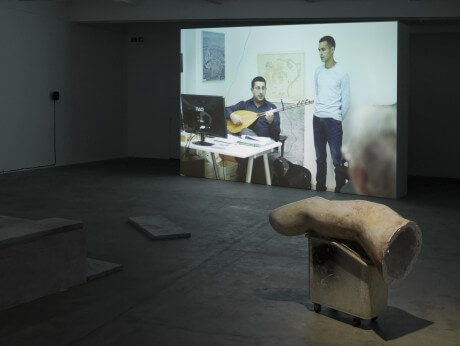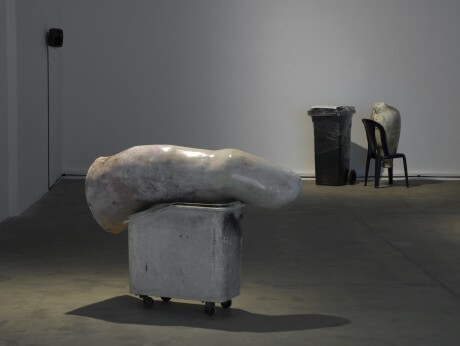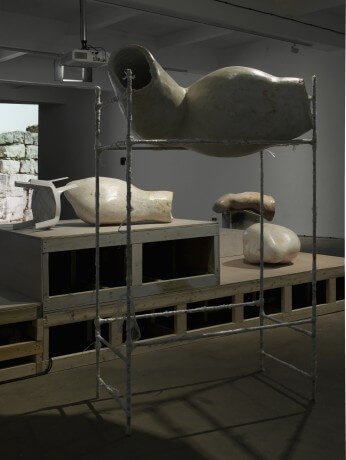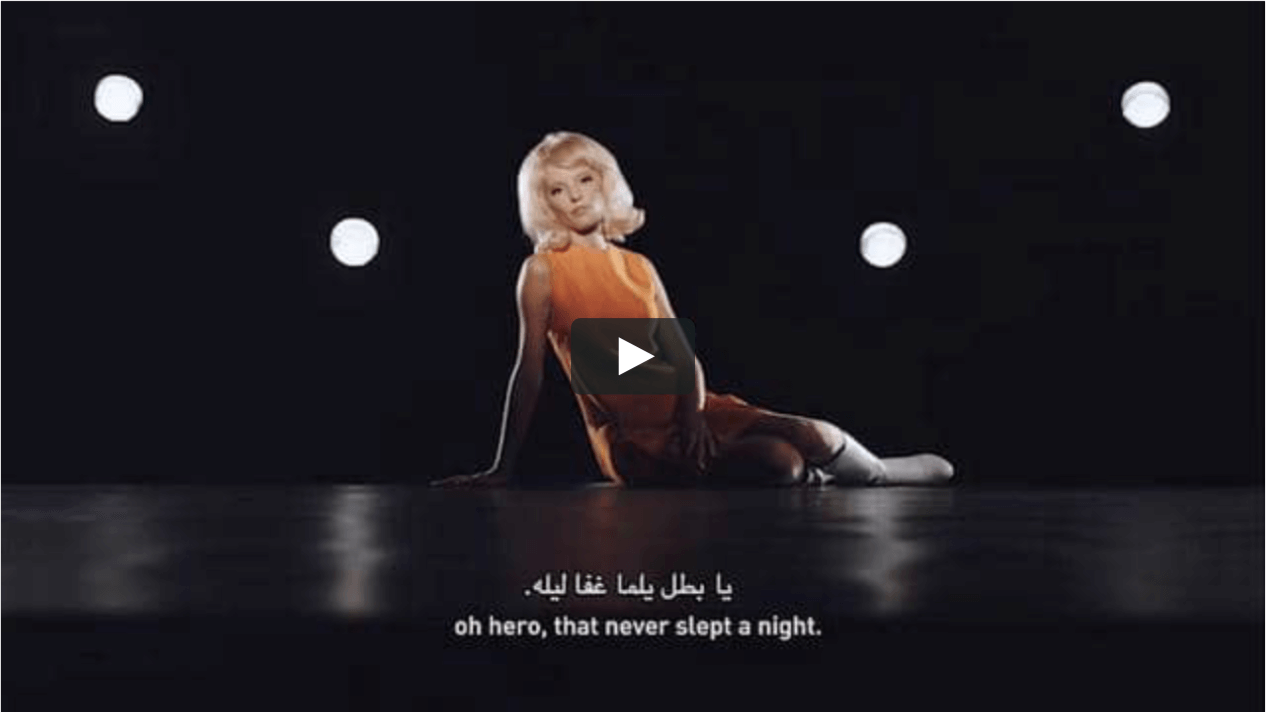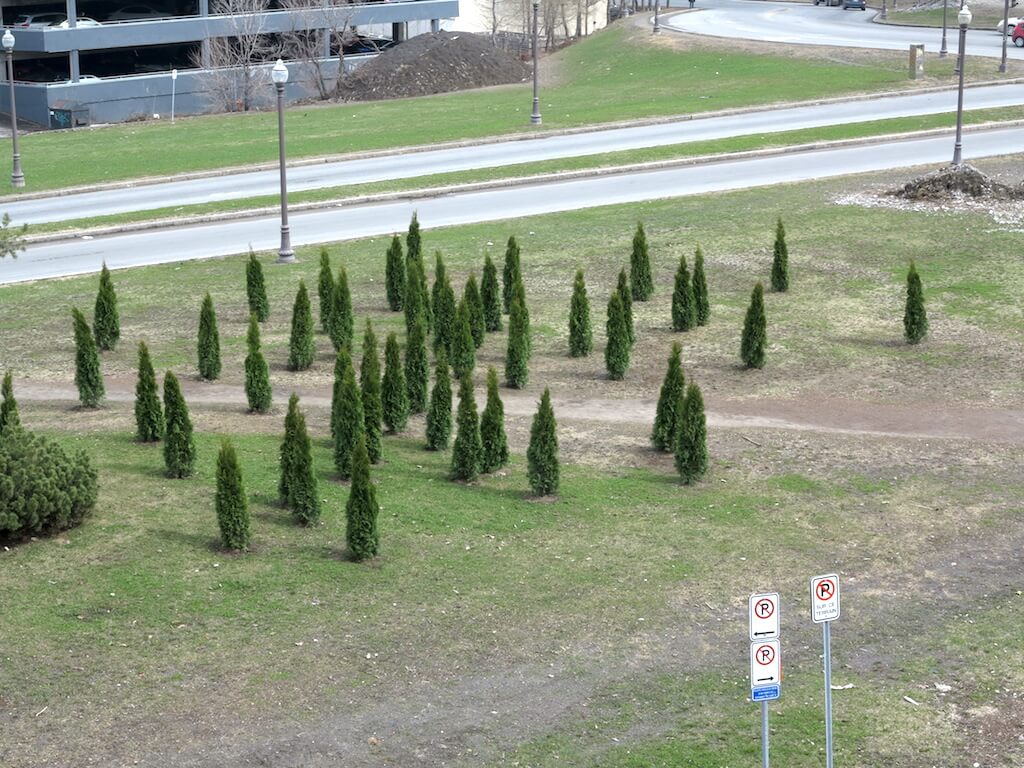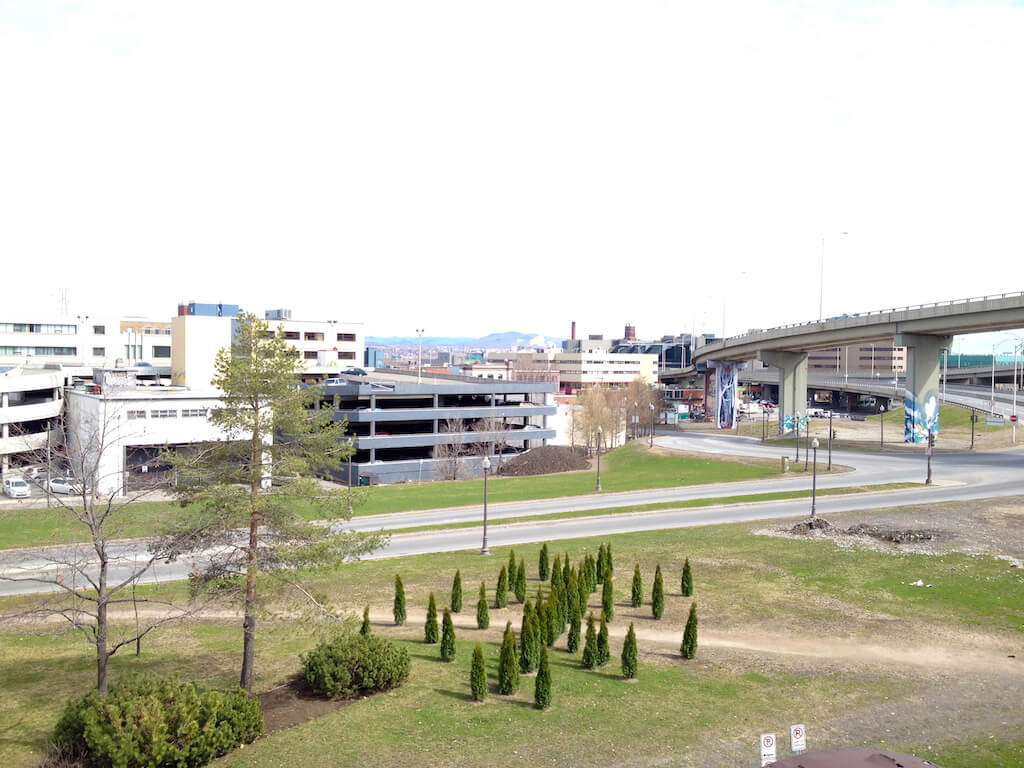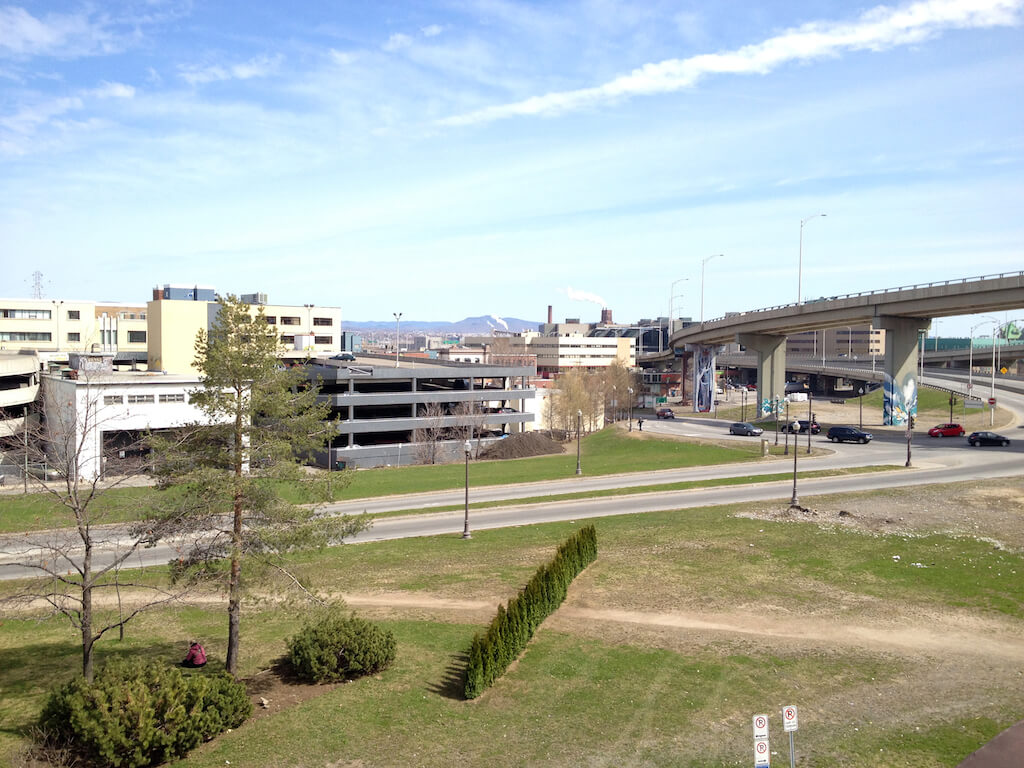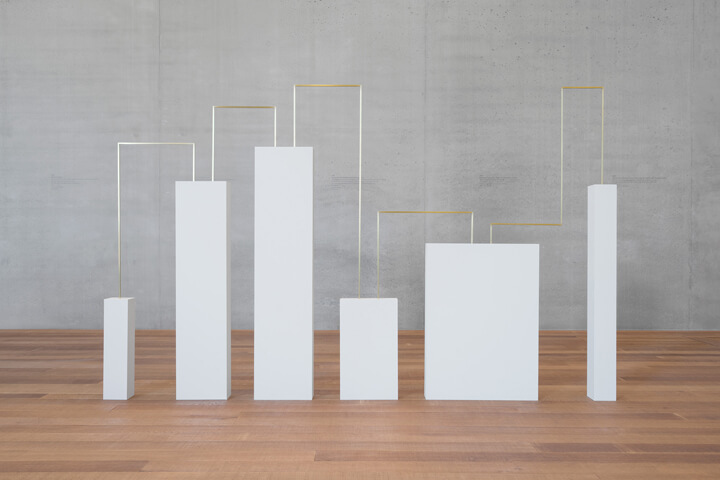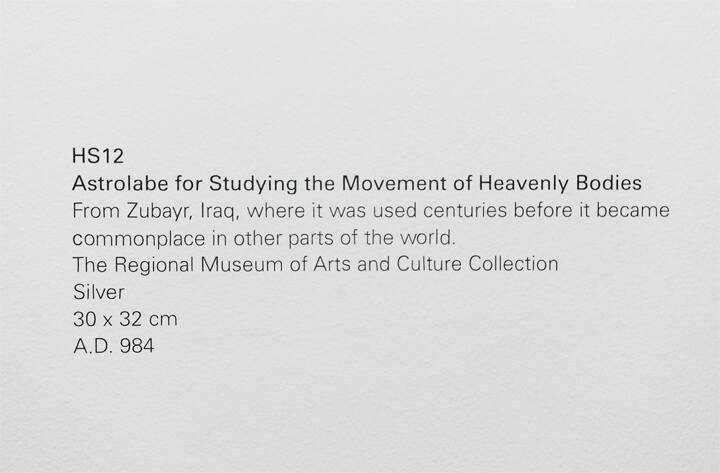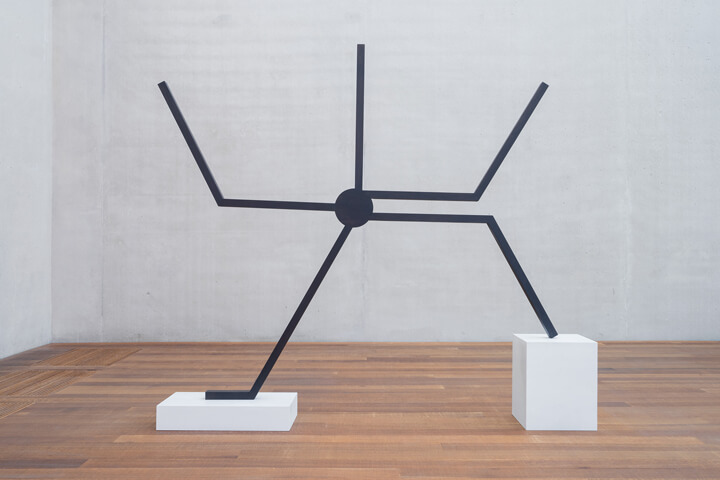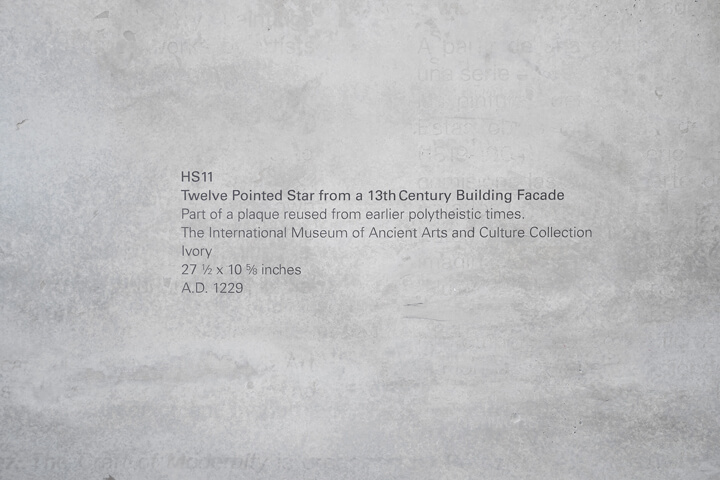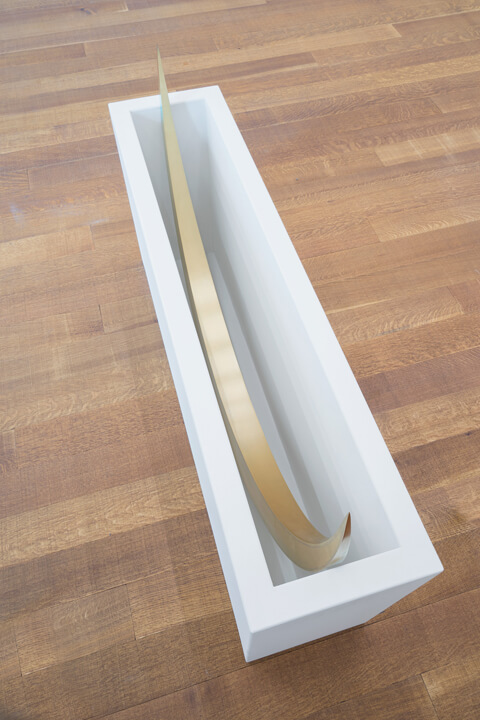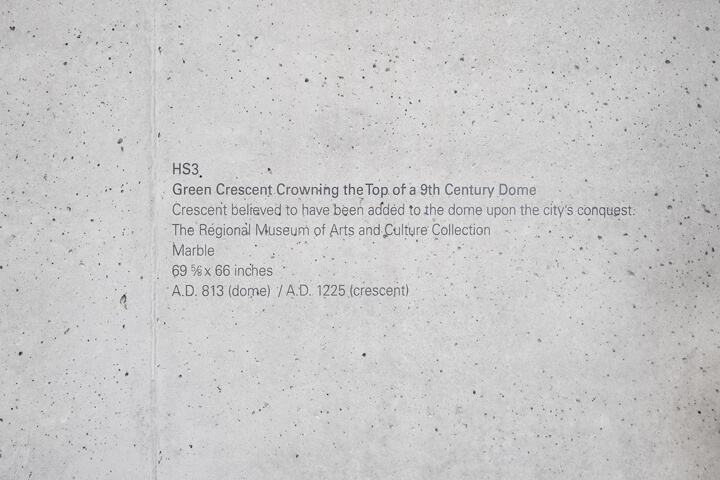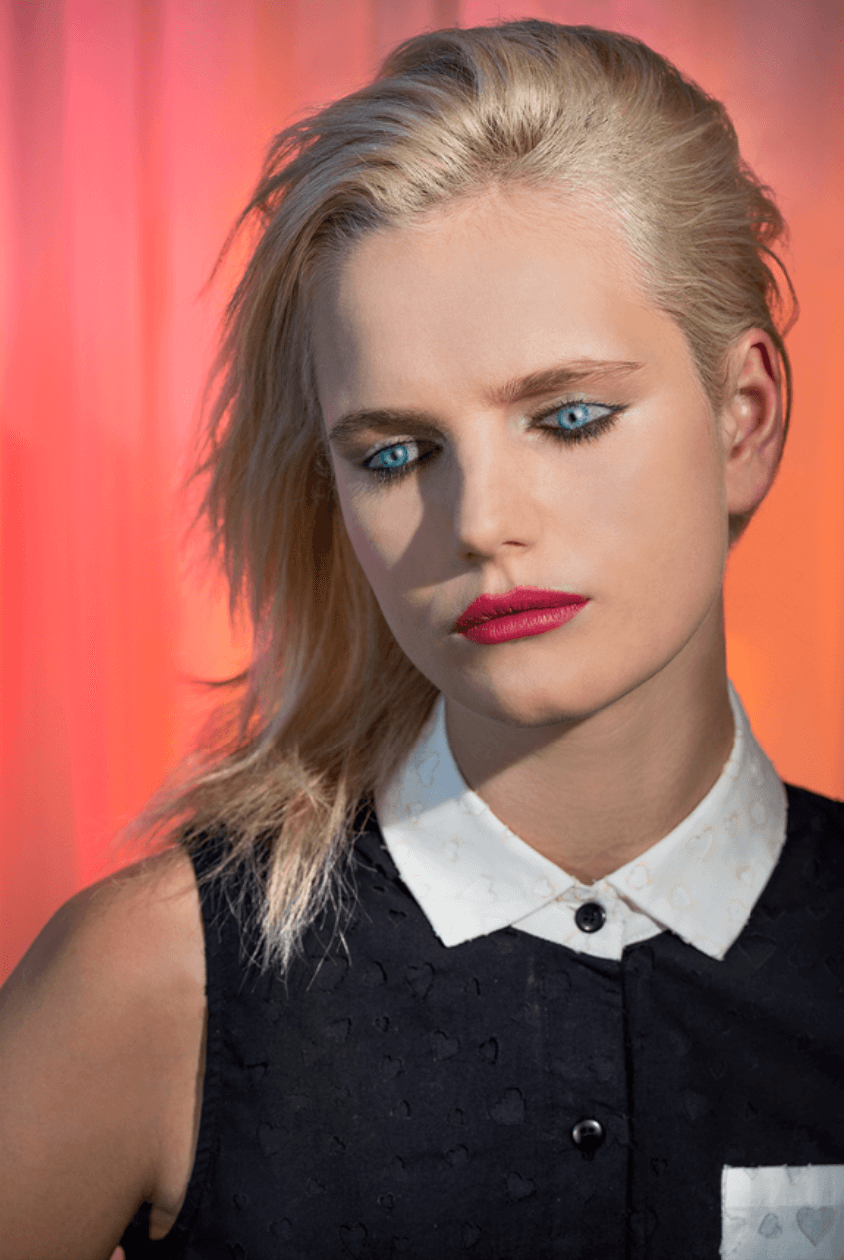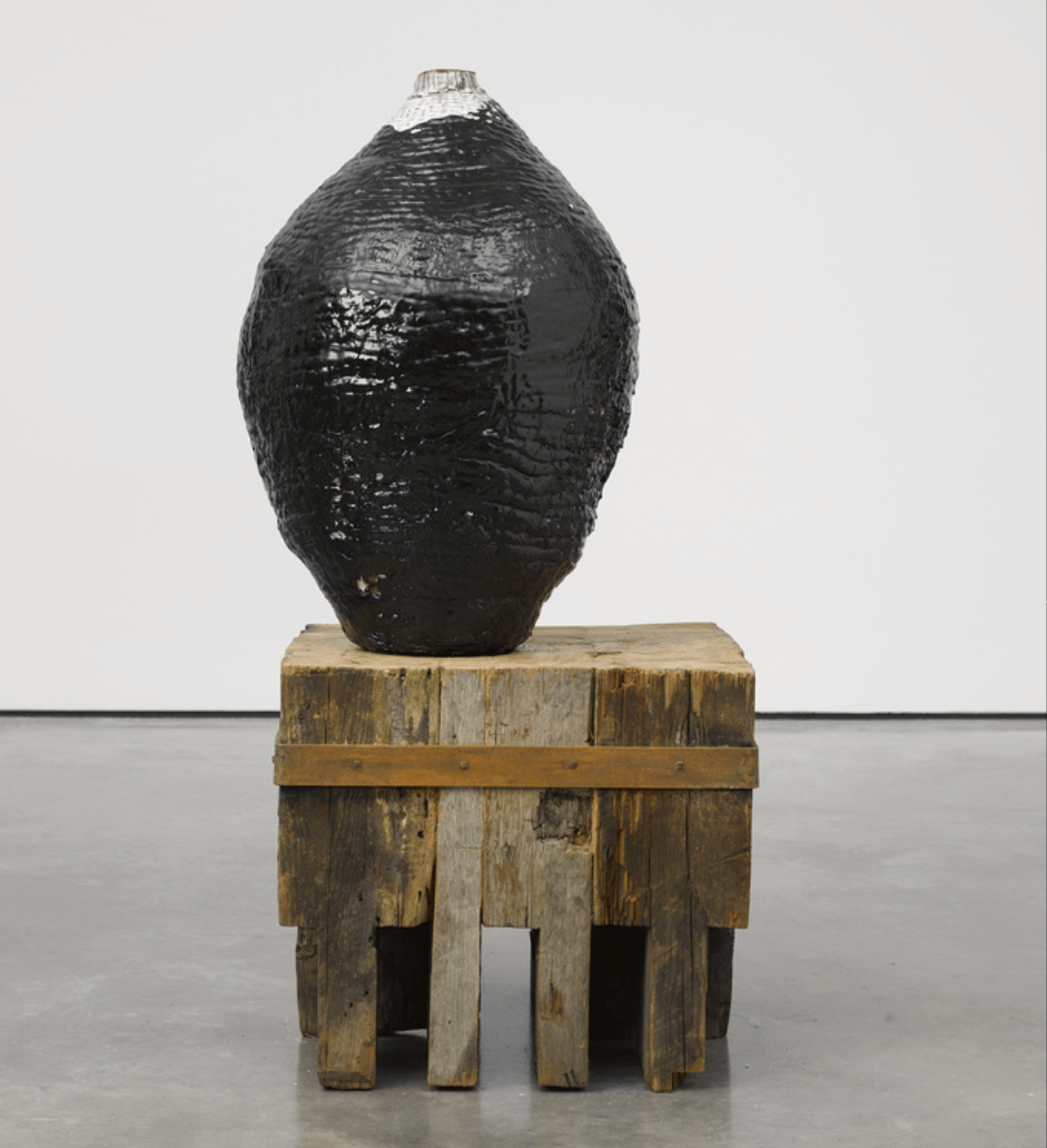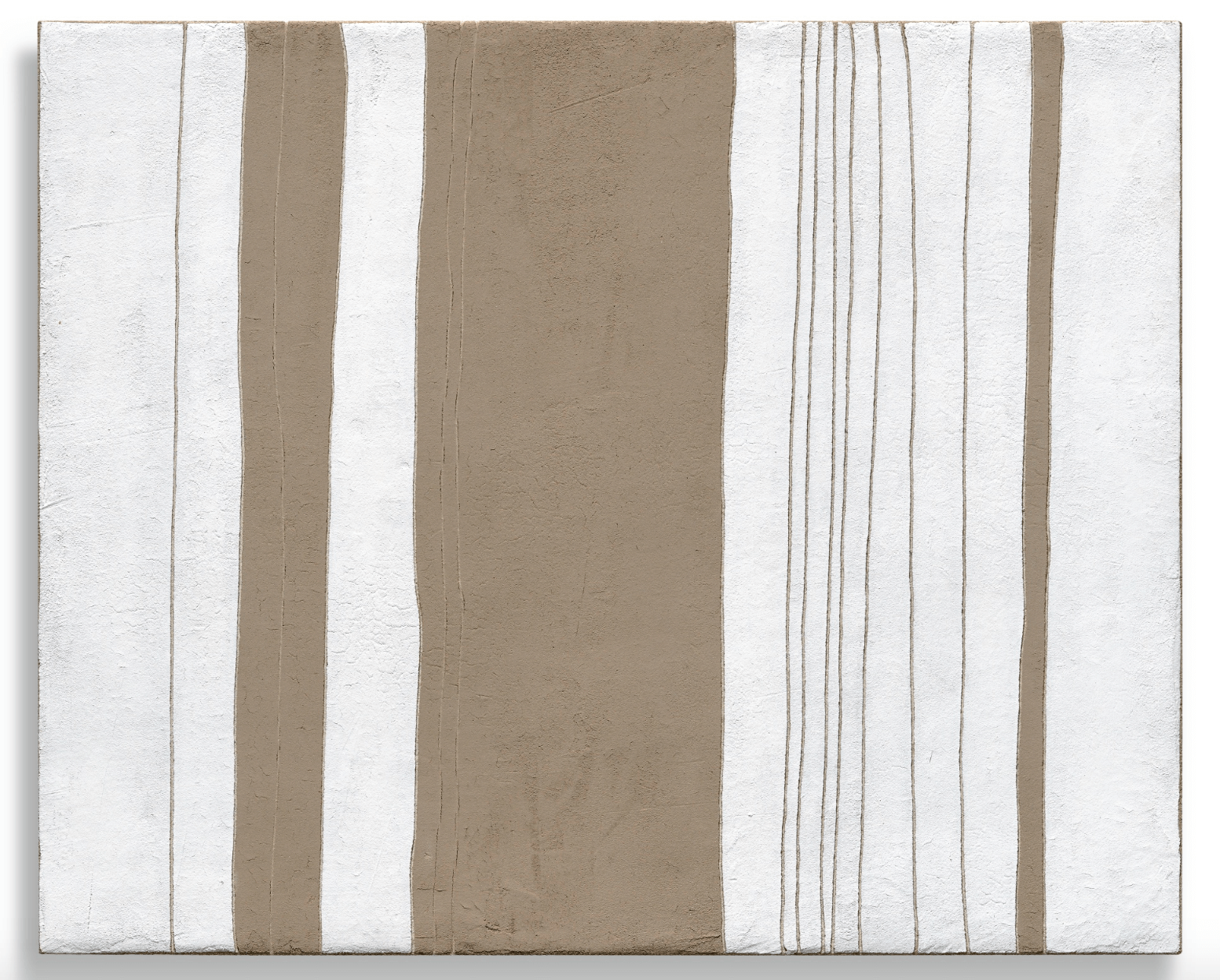PLEASE CLICK ON THE LINK BELOW TO SEE THE SHORT FILM
London is under a spell. Etel Adnan has charmed the city with her decidedly vibrant landscapes at the Serpentine Gallery. As an exhibition in four parts, the Barjeel Art Foundation Collection is on public display at the Whitechapel Gallery with works by established artists like Akram Zaatari, Walid Raad and Yto Barrada. At TATE Modern, Bhupen Khakar and Mona Hatoum have significant retrospectives and in my last visit for the inauguration of the brand-new extension, I noticed the curators are displaying acquisitions with a strong representation from the Middle East. My eye caught Kader Attia’s couscous installation and Rabih Mroué’s videos, amongst many others.
What follows is Part I of my personal selection amongst a younger generation of artists who I have encountered in gallery visits and travels and who I am sure we will be seeing more of as they stand strong in the international art scene.
They share a focus on story-telling, on questioning learnt narratives and on the search for a personal and national identity. Next week I will expand onto Part II with a focus on image and photography, from a key figure like Fouad Elhoury (b. 1952, Paris) to Dor Guez (b.1983, Jerusalem), a leading young voice.
Adel Abidin (b. 1973, Baghdad) Lives between Helsinki and Amman
Taking specific actions or objects out of their initial context Abidin creates ironic, darkly humorous and often absurd responses, exploring cultural alienation and distorted realities. His video and sculptural installations often reference pop culture, racial stereotypes and traditional icons, designing tense situations of dialogue and confrontation.
In a melodramatic scene, Three Love Songs (2010) [Video on headline] juxtaposes messages of love and terror through the lyrics and mise-en-scène. The Iraqi songs were commissioned by Saddam Hussein to glorify the regime during his reign. The romanticism and passions that equally appeal to and stir the emotions of violence leave us unsettled. The visual aesthetic blends with the mellow sound whilst the lyrics expand into a subdued language of violence.
Hassan Khan (b. 1975, Cairo) Lives and works in Cairo
This selection of works is taken from Khan’s exhibition at MMK3 in Frankfurt last year. The delicacy of pace and musicality with which this artist, musician and writer links the works with allusions and resonances in an imaginary tour would be impossible to beat. Find the full text here. I include an excerpt:
“(…) Time always passes and civilizations live and die. A tinge that slowly becomes another tinge is always an environment. It might take a moment to go up the stairs but it is always also a transition from something to somewhere else. Although this paravan does not divide or hide, it disguises in its title The Double Face of Power (2015) yet again, and one more time – a double bind. I love the daily magic of surfaces, the banal yet sublime of recognition. The miraculous sheen and the power of embedded emblems. I want that. I want that to be my guide, my echo, my key, and my sign. So why is a landscape of accumulated stacked glass forms titled Abstract Music (2015)? And what does it spell out? Is it the currency that makes the world go round? Or is it, again, just the logic of systems? Is it a residue? A proposition? A statement? Or a question? (…)”
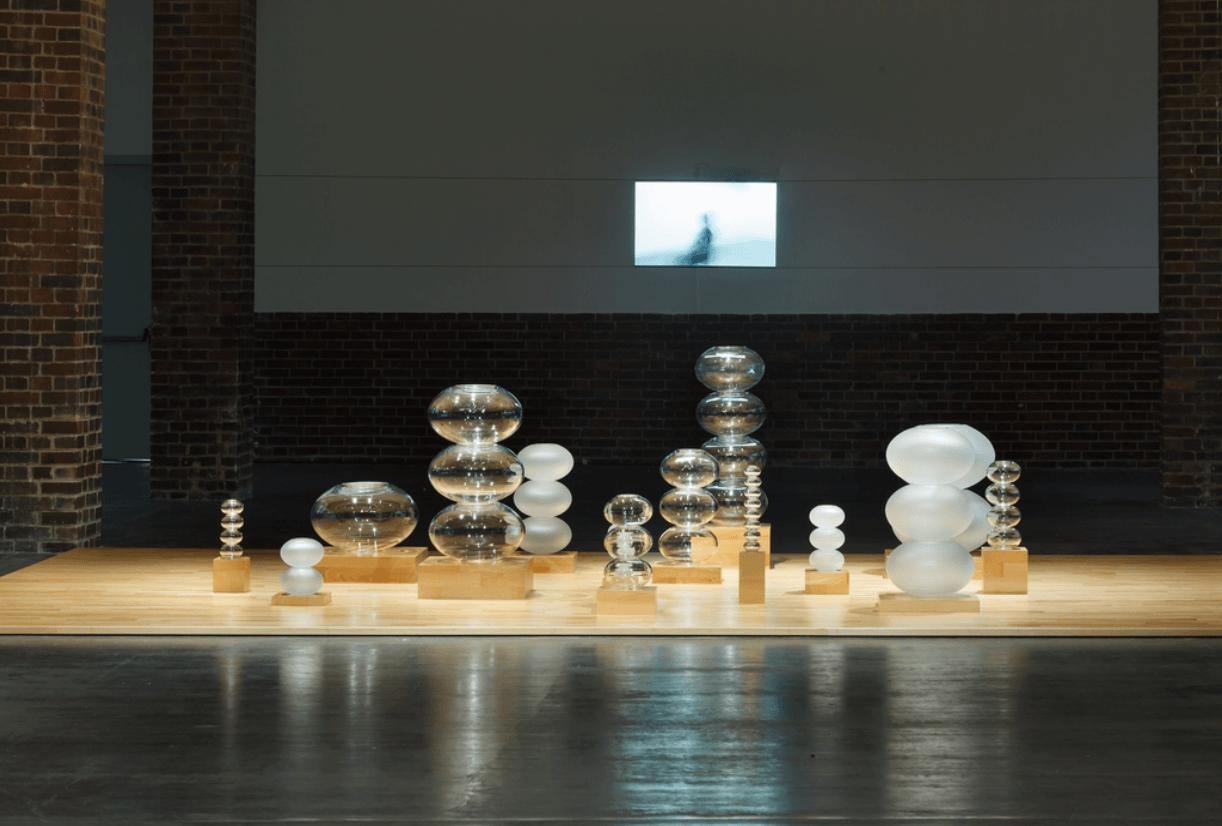
© Photo/Text: Courtesy Hassan Khan, MMK Frankfurt
Photographer: Axel Schneider

© Photo/Text: Courtesy Hassan Khan, MMK Frankfurt
Photographer: Axel Schneider
Abbas Akhavan (b. 1977, Tehran) Lives and works in Toronto
Akhavan’s practice ranges from site-specific ephemeral installations to drawing, video and performance. The domestic sphere, as a space between hospitality and hostility, is an ongoing area of research. More recent works have shifted focus, wandering onto spaces outside the home: the garden, the backyard, and other domesticated landscapes.
Variations on Untitled Garden (2014), consists of a number of cedar trees planted on a public space which are shifted and moved daily in order to subtly disrupt the “desired path” used by local residents. Without notice over the course of a few weeks, the trees are planted and replanted in stages, at first surrounding the path and then eventually blockading it. Here is a true provocation.
Nadia Kaabi-Linke (b. 1978, Tunis)
Kaabi-Linke’s practice relates to the way geography and politics inform the identity of both the individual and the collective. Her works are related to places and their histories; it is as time-specific as it is site-specific. The installations and objects, as well as her pictorial works, are anchored in constellations of cultural and historical, social and political contexts and refer to a certain place or to coincidental events.
A large triptych, Rialto (2016) is a transfer print taken from the famous bridge in Venice, which has been a crucial link between two parts of the floating city for over four hundred years. Laden with private messages and markings, the surface of this bridge becomes a recorder of emotions, history and time itself in its physical manifestation.

Triptych with transfer prints with ink and wax and acrylic on paper on canvas
230 × 70cm, 173 × 70 cm, 140 × 70 cm
Image courtesy of the artist. © Photo: Vivian Sarky, 2016
The Color of Time series began with a forensic intervention at the Mosaic Rooms in London in 2014. It combines archaeological and architectural investigation with spectral analysis to explore different coatings of paint on the ceiling rose that would allow to gain insights into the history of the buildings refurbishment. The investigation resulted in the first canvas of the Color of Times series, a sequence of site–specific monochromes made of custom–made pigments. The pigments are made by grinding layers of cracked and chipped off paint that owners and tenants have applied on the inside walls of the buildings to appropriate the place. The resulting color is produced in situ and non–reproducible, since it consists of a unique sample from successive layers of paint that the building has accumulated during decades of history, reminding how places may be haunted by their quiet past.
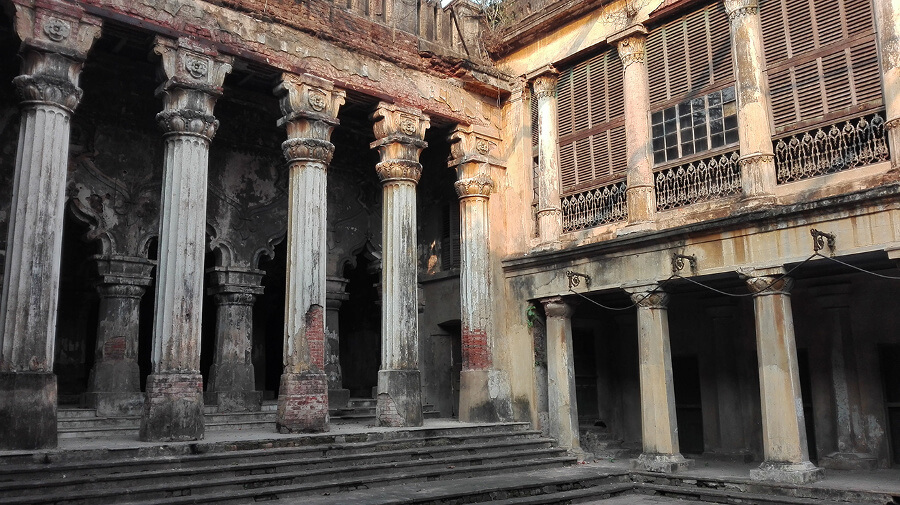

(Color of Times)
2016
Custom-made pigment on canvas
51.5 × 50 cm (each of 6)
Image courtesy of the artist © Photo: Vivian Sarky, 2016
The Altarpiece is a transfer print taken from the Western wall of WWII bunker in the centre of Berlin. It’s a work about history that is both the totality of back dated events and the selective representation of a common past. It is an object defying the narrative of its own history (the bunker in Berlin-Mitte) and of the idea of history as strategies of remembrance, selective choices and political interpretations. From the Nazi years until now, the bunker experienced a significant shift regarding its public meaning and function. A former shelter for civilians during the air raids of WWII, it became a hedonist palace for techno culture in the 1990s. Today it hosts a collection of contemporary art.
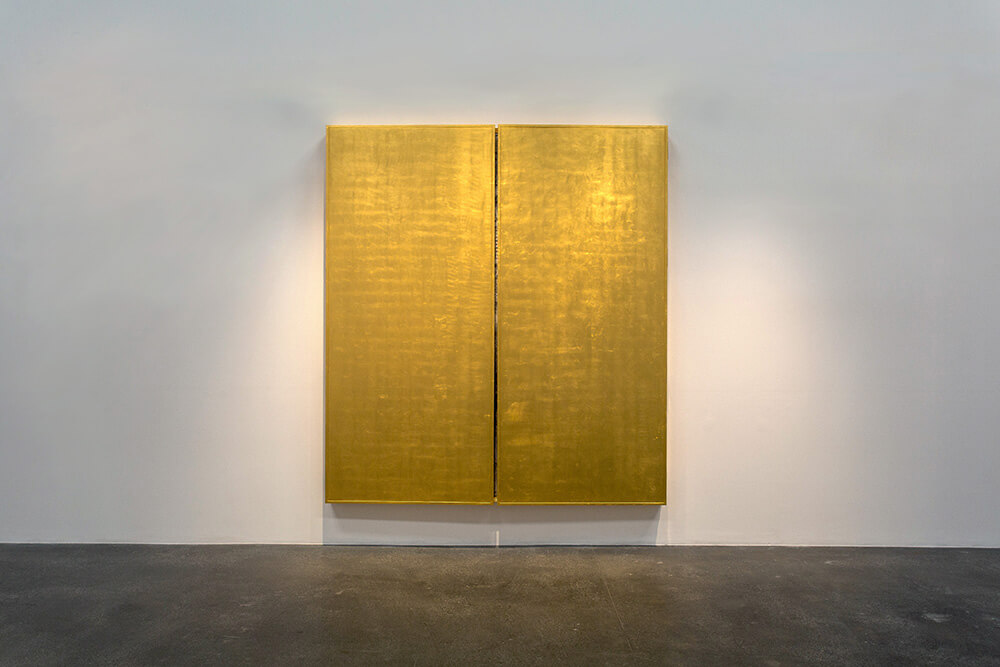
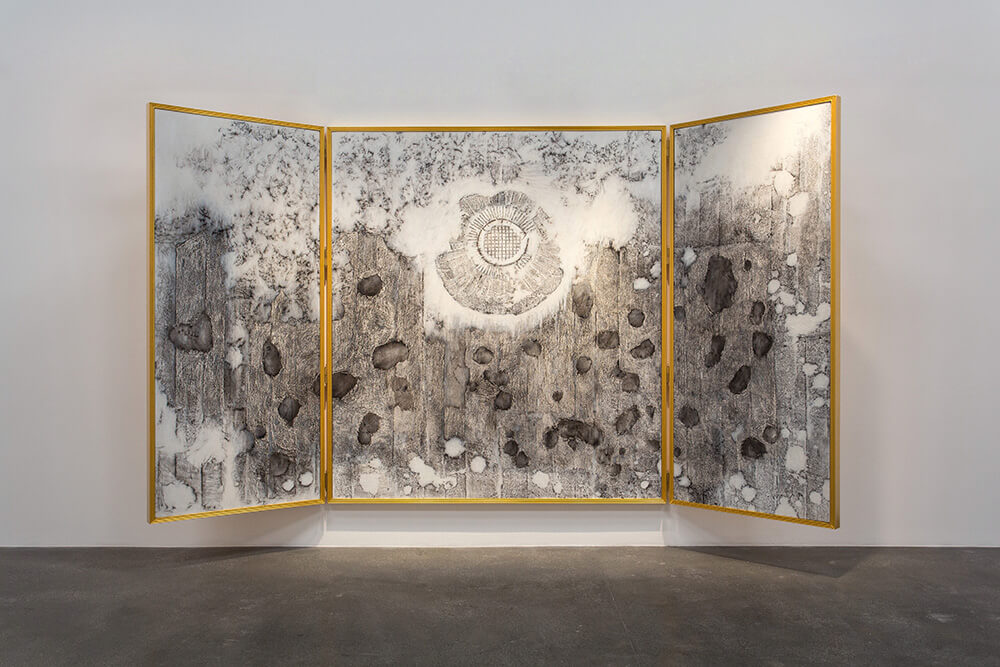
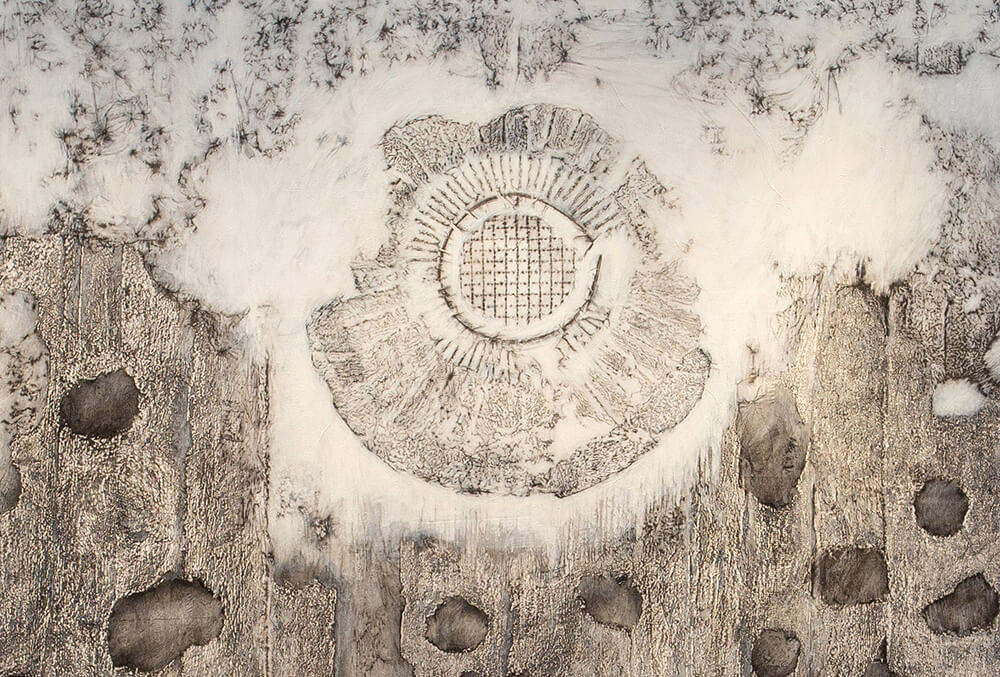
Transfer print and acrylic on paper on canvas, wood, gold
250 × 450.4 × 6.3 cm
Image courtesy of the artist © Photo: Mustafa Aboobacker, 2015
Iman Issa (b. 1979, Cairo) Lives and works in Cairo and New York
Issa works primarily in installation, investigating the political and personal associations of history, language, and the object. In projects marked by a detached sensibility, she reinterprets historical objects on an intimate scale, such as Heritage Studies series (2015 – ongoing), Issa reimagines historical artifacts from museums and archaeological sites. The resultant sculptures, placed alongside labels detailing the original relics, wonder whether the objects’ accounts of political and social histories are not capricious.
Jumana Manna (b. 1987, Jerusalem) Lives and works in Berlin and Jerusalem
For her exhibition at Chisenhale Gallery last year, Manna installed the film alongside a series of sculptures. These hollow plaster forms resemble discarded, vessel-like artifacts, which carry an anthropomorphic charge. Presented in combination with plastic chairs and waste bins, Manna’s sculptures articulate a set of contradictions that are also evidenced in the film, where stagnation, vitality and desire coexist.
In her film, A Magical Substance Flows Into Me (2015) Manna explores the different musical traditions of myriad communities living in and around Jerusalem, drawing on her research into the German-Jewish ethnomusicologist Robert Lachmann (1892-1939) and his work in Palestine. The film follows Manna’s exchanges with musicians as she encounters them in their homes and places of work and worship. The provisional architectures of these private performance settings are developed through a sculptural installation, which also functioned as seating for viewers at Chisenhale gallery.
The film traces links between physically, culturally and linguistically separated communities, whilst allowing for ideas of the representation of authenticity and heritage to emerge. Through the work, Manna aims to make visible the intertwinement of these identities. The film puts into doubt the logic of partition and segregation, and their colonial discourses.
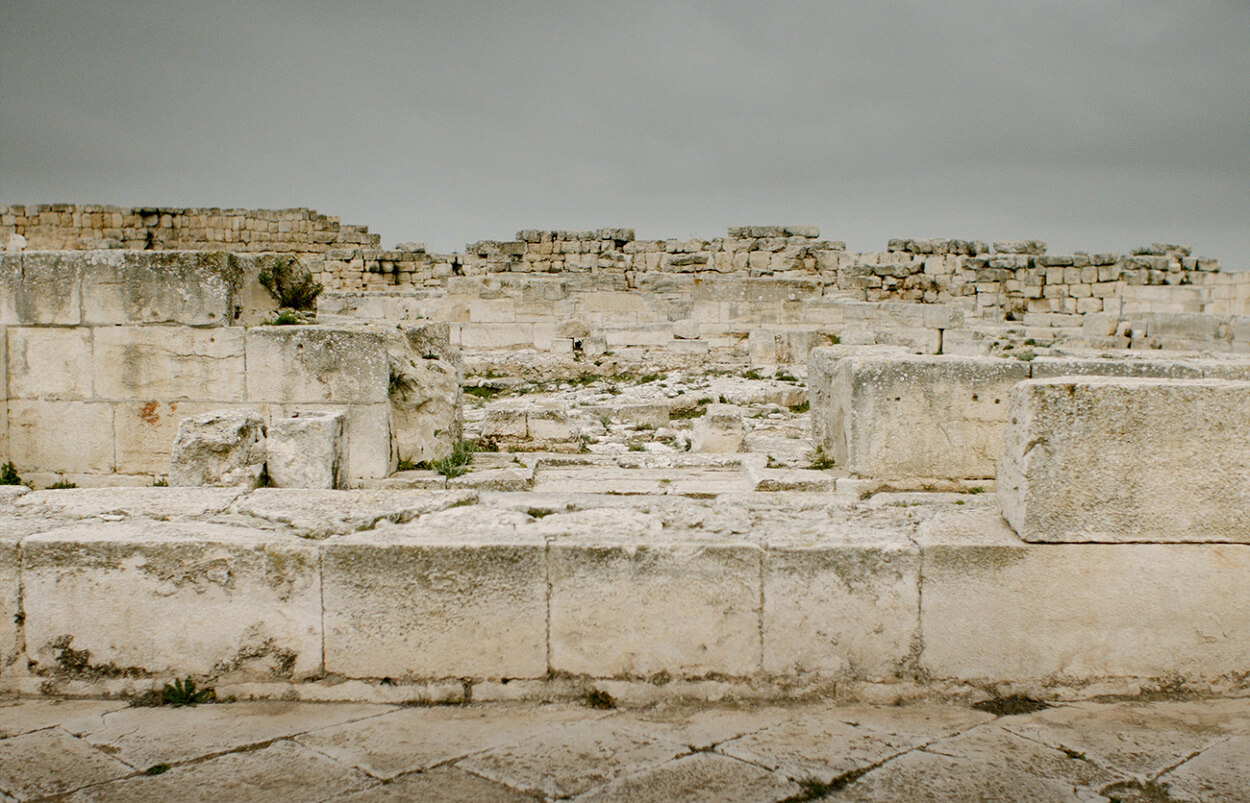
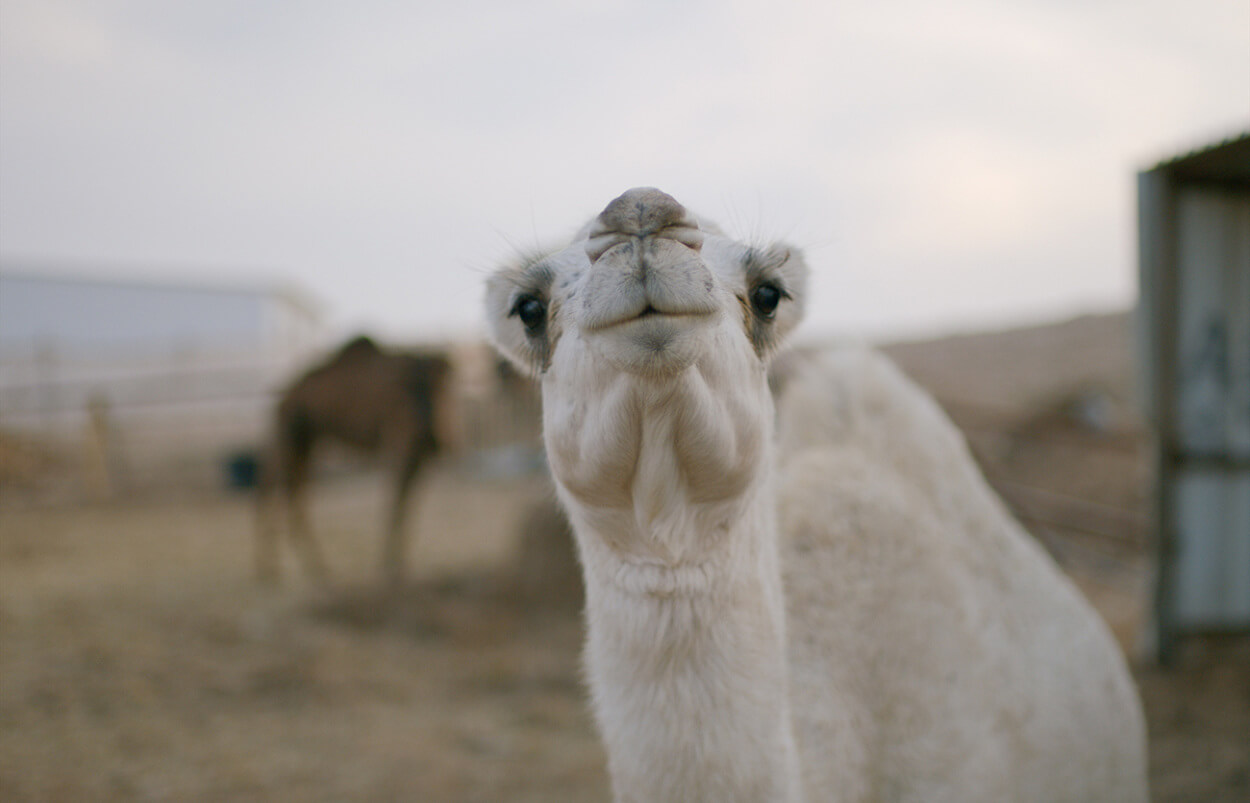
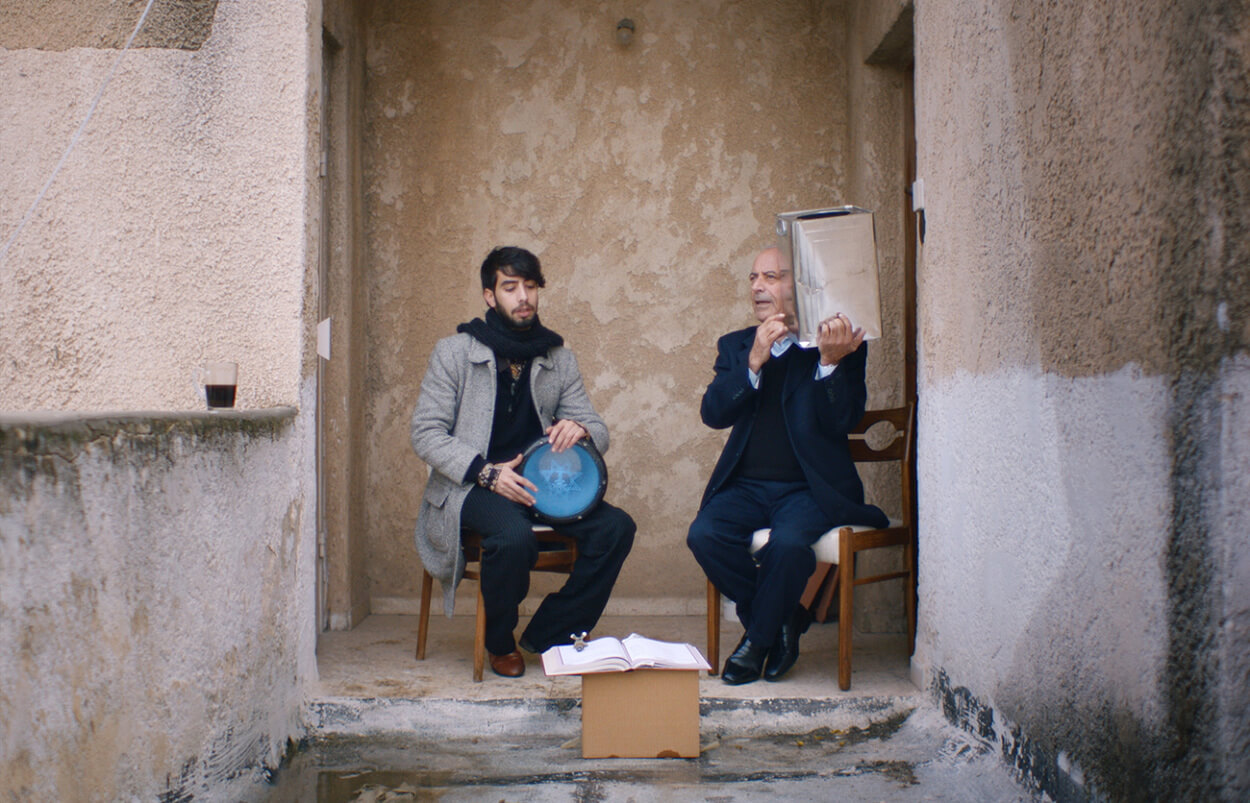

Co-commissioned by the Sharjah Art Foundation and Chisenhale Gallery with Malmö Konsthall and the Biennale of Sydney. Courtesy of the artist and CRG Gallery (New York)
